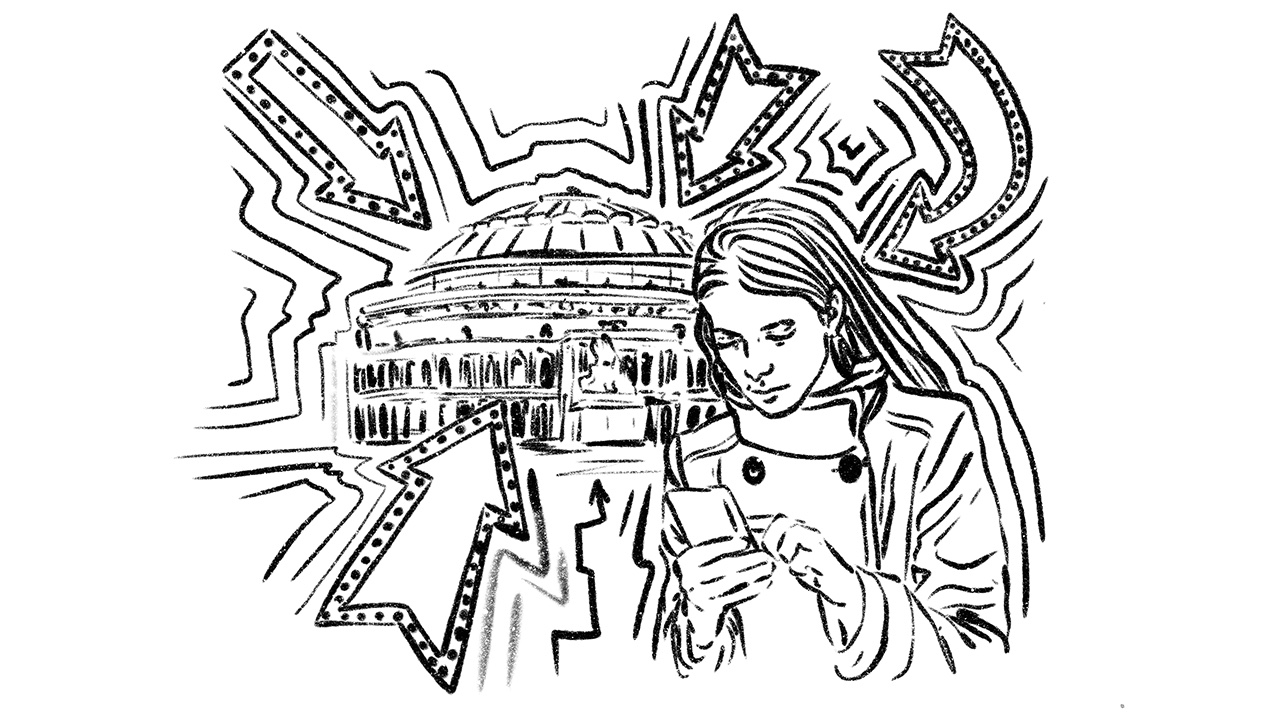How Video Games Adapted Real Life Pathfinding Tools
“Where the **** am I going!?” – Razbuten’s partner on multiple occasions.
I recently watched a video by American YouTuber Razbuten in which he asked his wife, a novice gamer, to figure out on her own how to play a variety of games. Watching her attempts to navigate through the various virtual worlds was fascinating. During parts of the video, her character stood still, frozen in indecision. She had no idea where to go and what to do. This was because she was uncertain of the boundaries of movement and navigation within these virtual worlds.

This made me reflect on how I knew how to progress through any given game. I began constructing a mental model of how pathfinding in video games works. What were the elements of video games that contributed to my mental model for pathfinding? What are the best ways of teaching players pathfinding?
So, how do games currently communicate pathfinding and progression? Can it be improved?
This is the third post of our pathfinding series. You can check out Part 1 and Part 2 here.
Waypoints, markers, and maps, oh my!
Our mental models for interpreting and understanding maps, compasses, and markers are fairly solidified based on real life interactions. Your navigation application of choice most likely uses models similar to ones used in video games. There’s a highlighted path that uses arrows, pinpoints, and an indication of the distance left to travel.
However, integrating real life navigational tools into video games isn’t as simple as it sounds. Some orientation around how to use pathfinding tools is required, particularly for those new to gaming. For example, some players might not know what a waypoint is, and misinterpret it as a signal for something unrelated to pathfinding. Other elements might go undiscovered due to their placement. If a player is solely focused on what’s going on in front of them, they might not think to look at the top of the screen and notice a compass bar. For experienced pathfinders, tackling pathfinding in games today comes second nature to them as they’ve become familiar with the mechanics of pathfinding through years of trial and error. For players who are new to pathfindings, some amount of introduction to these models is required to make games more accessible.
Landmarks and memorable paths
When designing your virtual world, consider helping your players develop mental shortcuts by making the environment they navigate memorable.
When I first began commuting to the Labs in Covent Garden, I had my eyes glued to my smartphone, carefully following the moving dot to ensure I didn’t stray. This took a lot of focus and prevented me from enjoying the music I was listening to and taking in the environment. After navigating a few times, I relied less on the directions and began focusing on landmarks; go towards the big exit, cross the bridge, turn right at the red off license. Learning and relying on these landmarks helped me take in and appreciate my surroundings more. Instead of staring at my map, I’m noticing what’s on at the Royal Albert Hall. When designing your virtual world, consider helping your players develop mental shortcuts by making the environment they navigate memorable. Landmarks can be difficult to establish if you’re trying to navigate through a building with similar looking corridors or through a forest where your surroundings have no discernible features. Habituation also helps with pathfinding as you incorporate landmarks into pathfinding.
Escaping reality
When it comes to incorporating our mental models of pathfinding into video games, it can become a bit complicated. Sometimes it can be helpful and even delight. For example, in Forza Horizon 5, if you’re driving through the countryside, as in driving through wheat fields, the GPS will say “When it is safe to do so, return to the road.” This can be quite funny, as the game isn’t exactly a shining example of how people should drive in real life! However, sometimes these kinds of hints, high-tech heads up displays, and warnings can break immersion. As audiences for games grow, options to customise the immersion experience for players is crucial. Give players the power to toggle maps, waypoints, and guiding dialogue. There are more natural ways to promote pathfinding in video games as well. Players want to pathfind without specific guidance from the game. FromSoftware, the creators of Elden Ring, communicate pathfinding to their players in an entirely different way compared to many open world RPGs: wonder.
We’re approaching our last stop for our pathfinding series and you won’t want to miss our last post: Using Evocative Moments to Promote Pathfinding in Video Games.
Interested in working with us? Find out more about our playtesting services or drop an email to our Studio Team.
Thank you to my colleague Claire Vergnes for the amazing artwork that accompanies this post.
